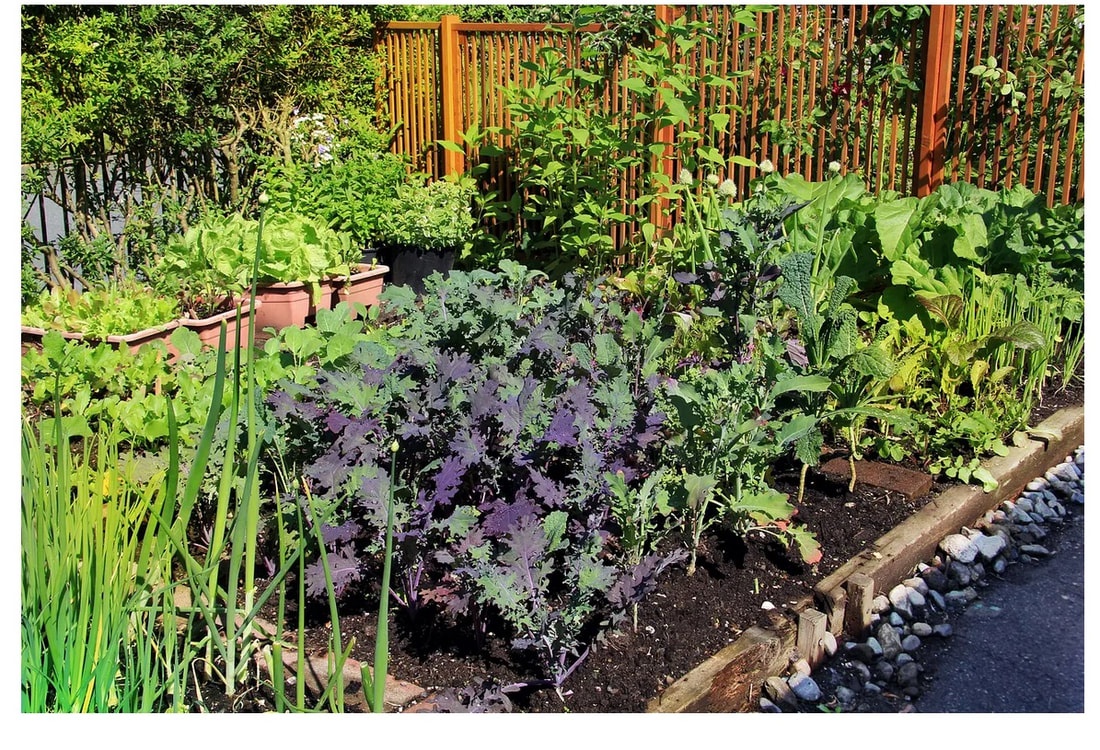|
Growing a garden is a truly gratifying experience. After all, what could be better than watching seasonal flowers bloom outside your window or walking out your back door to harvest fresh herbs and vegetables for dinner?
But gardening isn’t just fun—it’s good for you, too. The health benefits of gardening are well-known, and the benefits are only amplified when you choose to grow an organic garden. Not only is it good for you, it’s better for the environment. Organic gardening means avoiding synthetic fertilizers and pesticides that are harmful to the environment and the people who come in contact with them. But it’s not just about replacing those chemical products with more natural alternatives. Organic gardening is all about nurturing and harnessing healthy soil to create gardens with fewer pest and disease problems to begin with. Whether you’re a gardening newbie or an experienced green thumb, starting an organic garden may mean shifting your perspective a little bit when it comes to how you approach the art of growing fruits, vegetables, and flowers. But with a little bit of information and preparation, you’ll be ready to go in no time. Here are some of our recommendations on how to get started. Organic gardening 101: how to grow your gardenGet to know your local climateThe first step of organic gardening 101 is to get to know your local climate, as this will impact which plants you can expect to grow with success, as well as when to plant them.
Select an organic garden siteSelecting a garden site is one of the most exciting parts of starting an organic garden. What could be more inspiring than picking a spot in your yard and imagining a tidy, flourishing garden? Here are some key factors to consider when it comes to garden site selection.
Get to know your soil “Start with your soil.” That’s the advice of Ellen Polishuk, farm consultant and author of the forthcoming book, Start Your Farm: The Authoritative Guide to Becoming a Sustainable 21st Century Farmer. As Ellen implies, your soil’s health will play a huge role in the success of your organic garden, so the first thing you’ll want to do is get a sense of how it currently fares. Organic gardening 101 tip — even if your soil isn’t in tip-top shape, using organic gardening methods should help improve it over time. We recommend the following ways to determine whether or not your garden’s soil is ready for planting.
Create an organic garden plan Now that you’ve picked a location and started familiarizing yourself with your garden’s soil, it’s time for the really fun part—creating a plan for your organic garden.
Prepare the ground At least several weeks before you intend to begin planting your organic garden, you’ll need to prepare the ground. If yours is a brand new garden spot, this will likely mean measuring out your beds and breaking ground for the first time or building and filling raised beds. Be sure to work in any organic soil amendments you plan to use—it’s always a good idea to add in some organic compost, too. Soil amendments should be worked into the top 8–10 inches of soil. If you’re preparing the ground in the late summer or early fall for the following spring, cover the beds with straw or a plastic tarp until planting time. Planting time Using your garden plan, start setting out seeds and transplants according to the schedule you created. Pay special attention to the instructions on seed packets or the informational tags that come with transplants to ensure that everything is planted according to proper spacing, planting depth, water, and sun requirements. Watering While some plants are more tolerant to drought than others, all plants require consistent watering to thrive. Here are a few tips to help you successfully water your organic garden.
Weed management Organic gardening means not turning to chemical herbicides to control the inevitable weeds that will find their way into your garden. Instead, you’ll need to rely on other methods to keep weeds at bay. Here are the two main tactics used by organic gardeners.
Nuisance insects and plant diseases are an inevitable—if unfortunate—part of gardening. Thankfully, there are quite a few options when it comes to organic pest management and disease control.
Comments are closed.
|
Archives
January 2023
Categories
All
|

 RSS Feed
RSS Feed
